 In a July 27, 2011 post regarding a copyright dispute over selfies made by a macaque monkey, I asked, “Do we need to start considering the extension of copyright protection to works by species besides our own?”
In a July 27, 2011 post regarding a copyright dispute over selfies made by a macaque monkey, I asked, “Do we need to start considering the extension of copyright protection to works by species besides our own?”
In that post, which concerned a claim to copyright ownership of the images from the photographer whose camera the primate used (and a claim to exclusivity from the agency to which he licensed their use), I opined that “These images became public-domain material the moment the macaque generated them.”
Turns out Wikimedia agrees with me, having “taken down and then re-uploaded the viral image after photographer David Slater’s past complaints, saying that the monkey is the one responsible for pushing the button. Since the monkey isn’t legally a copyright holder, the image automatically becomes part of the public domain.” (At the Wikipedia site, it’s part of an entry on “Selfie.”)
Slater’s now weighing the option of suing Wikimedia, while threatening to do so. But, as Wikimedia has already rejected numerous requests from him, they clearly plan to stick to their guns, so this will likely end up in the courts, where Slater will almost certainly lose. I feel confident enough in that prediction to reproduce the macaque selfie here. (“‘That’s ridiculous,’ says intellectual property expert Charles Swan of the London-based Swan Turton law firm of Slater’s claim that he holds a copyright on the photograph,” according to Olivier Laurent’s August 6 report for TIME‘s “Lightbox” section.)
For the sake of clarity: Wikimedia doesn’t propose that the macaque owns the copyright, nor the subsidiary licensing rights, nor the rights to its own likeness. Rather, they assert that copyright depends on human authorship; thus any image made by a “non-human” automatically and immediately falls into the public domain. In the language of their license, “As the work of a non-human animal, it has no human author in whom copyright is vested.”
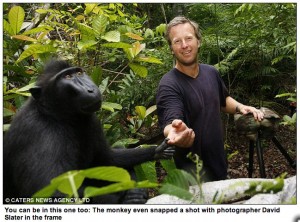
David Slater with macaque, primate photographer unidentified, Indonesia, 2011, as captioned by the London Daily Mail.
This actually raises a number of questions re copyright and human agency, which the court may not address in its focused attention to this dispute, but which will require clarification. For example, what of a time-lapse video made by attaching a camera to an animal — a dog, a cat, a bird — and capturing the results as the animal wanders? Does that also become public domain immediately?
Can the human who so empowers the creature argue that he or she has an implicit contractual agreement with said animal — providing food, shelter, medical care — in return for unspecified services? Does the animal thus become the human’s agent? In which case, had Slater offered the macaque a banana or two, would that constitute a legally binding exchange between them that would keep those images out of the public domain? (On August 7, Slater told the Today show that “I believe there’s a case to be had that the monkey was my assistant.” Can’t wait to hear it.)
Beyond that, how will the growing movement to establish the legal rights of animals impinge on this? Why shouldn’t the concept of authorship extend beyond the anthropocentric? Why can’t a monkey own the rights to his own selfie? While I recommend Sarah Jeong’s wry take on this in The Guardian (UK), “Wikipedia’s monkey selfie ruling is a travesty for the world’s monkey artists,” she could take her tongue out of her cheek and argue many of the same points straightforwardly.
And what of images made by assorted automata — remote cameras, camera-equipped robots, and the like? Does the distinction between human and non-human production apply only to the animal kingdom, or does it extend to any method of generating images that does not involve direct human agency? What about images made by devices endowed with artificial intelligence? If not the court that hears Slater v. Wikimedia, then some higher court will eventually have to make such determinations. You read it here first.
Selfies with the Dead (cont’d)
In his 1977 TV special The Chevy Chase Show, the comedian and host featured Jack LaLanne in a sketch titled “Physical Fitness for the Dead.” Remarkably, I can’t find a clip of this online, though I clearly remember rolling on the floor in a paroxysm of helpless laughter as LaLanne promoted his new spas for the post-living. “Just because you’re dead doesn’t mean you have to let yourself get out of shape,” he enthused, while state-of-the-art exercise machines flapped the limbs of ostensible cadavers around.
Certainly it doesn’t mean you can’t pose for selfies at your own funeral, according to the mounting evidence I’ve reported on here. New Orleans’ Charbonnet-Labat Funeral Home staged a June 12 viewing for Miriam Burbank, who died at 53 and, according to the New York Times, “spent her service sitting at a table amid miniature New Orleans Saints helmets, with a can of Busch beer at one hand and a menthol cigarette between her fingers, just as she had spent a good number of her living days.” Here’s a video clip of the event from Fox News, “Family turns funeral into dance party with cadaver.”
I find more palatable the substitution of a simulacrum, which diminishes the creepiness considerably. So when Jinna Yang photographs herself in assorted tourist locations worldwide with a lifesize cutout of her father, Jay Kwon Yang, who died at the age of 52 in 2012, I don’t get weirded out. People have posed with portraits of their dear departed since the early days of the medium. Yang’s symbolic acting out of her father’s unfulfilled travel dreams strikes me as unabashedly affectionate and refreshingly other-directed in this era of self-absorbed selfies.
Maybe that’s just me. Different strokes. As I’ve noted previously, there’s also a long photographic tradition of portraits of the living next to cadavers — family members, executed criminals, lynch-mob victims, political enemies. I’ve attended a few funerals in my time, and I’ve toyed with the idea of willing my body (after organ donation) to Joel-Peter Witkin, but I’m not sure I want to hang out with a corpse in the flesh, no matter how lifelike the pose.
That Old College Try
A bit off-topic (though I write regularly about photo education here, regularly bemoaning the social promotion that has terminally infected that system): In what parallel educational universe does a 13.5-page research paper (plus incomplete footnotes) qualify as a master’s-degree “thesis”?
Apparently that’s what they call it at the United States Army War College, where Democratic Senator John Walsh of Montana earned his M.A. by cribbing most of that paper, as the New York Times reported on July 23. He’s attributed this act of blatant plagiarism, obliquely, to PTSD he suffered as a veteran, which excuse I find reprehensible. I’m not a doctor. I don’t even play one on TV. But I can assure you that PTSD does not cause plagiarism, nor does plagiarism constitute a symptom of PTSD.
Eventually Walsh dropped his election bid for the senate seat he occupied by appointment, as appropriate for a man who’d disgraced himself by cheating. We don’t take plagiarism lightly around these parts.
Based on a rough word count I performed on his paper, that’s approximately the same length as 5 of my posts at this blog. Who would of thunk the War College was just a diploma mill for the military, their sheepskins the academic equivalent of a Purple Heart? The fact remains that, even without cheating, you can earn a master’s degree there by writing what, in just about any discipline, they’d consider an extra term paper. Pathetic.
Waggin’ the Folks
As long as I’m off-topic: Having commented previously about the seepage into political discourse of the word “folks” as a substitute for “people,” I should add that this locution may have achieved its apotheosis in Pres. Barack Obama’s bizarre confession that, after the September 11, 2001 attack on the World Trade Center, “We tortured some folks.”
Come again? “We tortured some ‘folks'”? And “we” put it this way in order to … express a cozy, friendly familiarity with other humans we don’t know personally, against whom we committed terrible crimes under international law? As if this pretense to amiable intimacy somehow alleviated the gravity and fundamental hostility of those acts? Right. We waterboarded a few guys and gals, put a couple of fellas through prolonged sensory deprivation, stuck some of our peeps into solitary for years — you know, just, like, hangin’ with our posse.
This from the man who pledged to shut down Gitmo if elected. Asshole.
Skyhook from the Ambassador
 We live just a few blocks from Staten Island’s Tompkinsville Park, where we regularly visit a local book café. It’s only a few steps away from the spot where a policeman’s illegal chokehold ended the life of local fixture Eric Garner on July 17. So I feel connected to the issue of the use of excessive force by cops more closely than usual.
We live just a few blocks from Staten Island’s Tompkinsville Park, where we regularly visit a local book café. It’s only a few steps away from the spot where a policeman’s illegal chokehold ended the life of local fixture Eric Garner on July 17. So I feel connected to the issue of the use of excessive force by cops more closely than usual.
That episode has become linked, inextricably, to the shooting death of unarmed black teenager Michael Brown in Ferguson, MO. Notably, the Garner situation got recorded by a citizen journalist’s video camera, so the debate over — and the investigation into — his case involves analysis of lens-derived imagery. There’s no video of the Brown shooting, though surveillance-cam footage from a convenience store, made just prior to the fatal event, has come to play a role in the inquiry.
The single smartest commentary on the Ferguson crisis I’ve read comes from an unexpected source. Try this on for size: “The Coming Race War Won’t Be About Race,” an Aug. 17, 2014 TIME op-ed piece by U.S. Cultural Ambassador Kareem Abdul-Jabbar. He says what no one else representing the U.S. government will: The issue isn’t race, it’s class.
I’m Keepin’ the D
According to an assortment of persuasive evidence, the use of middle initials has gone out of fashion in recent years. I began using mine when I discovered, shortly after I started my professional life as a writer, that editors and typesetters would sometimes misspell my first name, making it Allen or Alan instead of Allan. Irksome, to say the least. Using my first and middle initials for my byline eliminated that possibility of error.
This had the fringe benefit noted early this year by Nicholas Kristof: “The middle initial adds a bit of authority and gravitas, and when you’re a 25-year-old reporter covering global economics and hoping to be taken seriously, that’s very welcome.” He wrote a column announcing that he’d dropped the D he used to use in his byline, an odd New Year’s resolution.
However, people won’t go blank when confronted by Nicholas Kristof, minus the D, in print or in person. Whereas I’ve found that, if introduced in professional social situations as Allan Coleman, colleagues I haven’t met before make absolutely no connection to my writings or other projects in the field. My solution: I advise people introducing me to identify me as A. D. Coleman, then immediately say “Call me Allan.” Seems to work.
Dave Lawrence, Herbie Wells, Sid Perelman, Toni Byatt, and a bunch of others probably had similar experiences, and I suspect came up with comparable solutions. In any case, it’s too late to turn back now. I’m stuck with the A.D., and so are you, my readers.


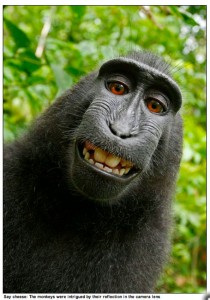
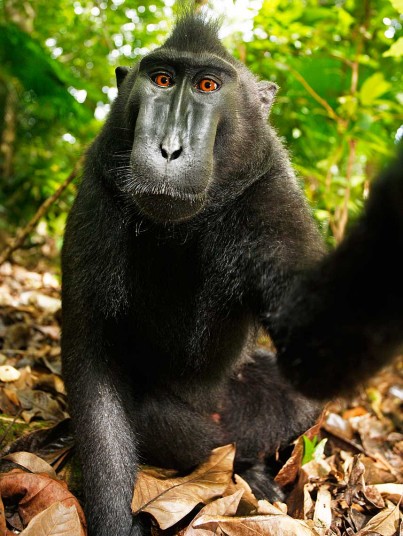
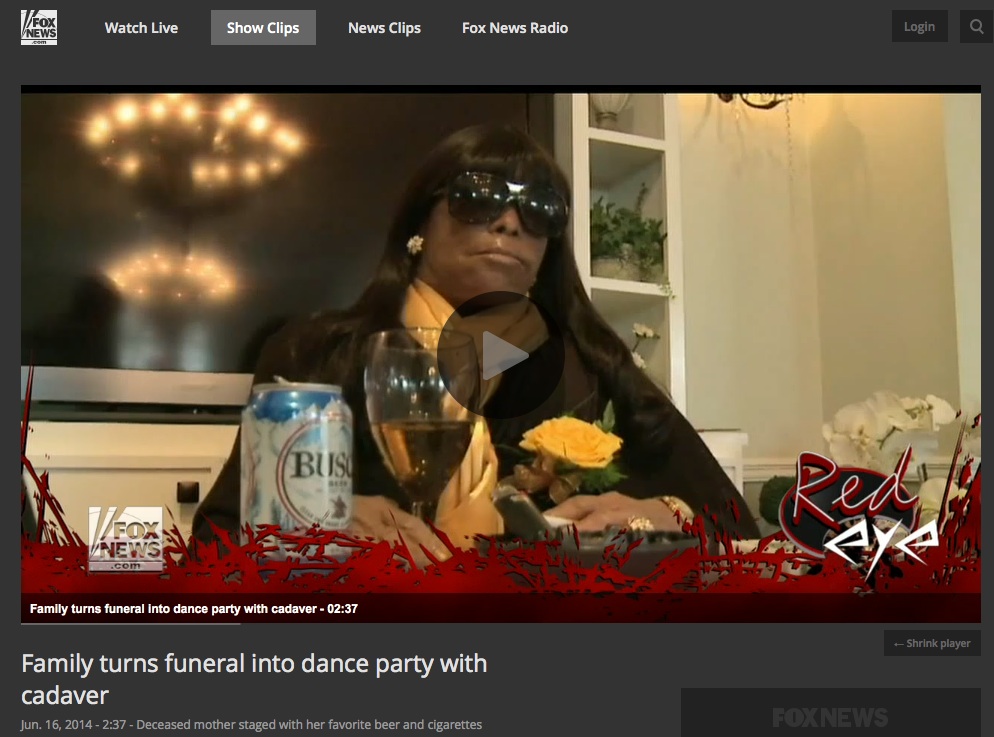

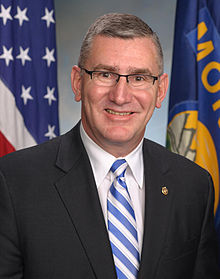
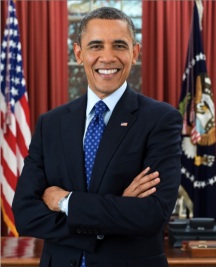
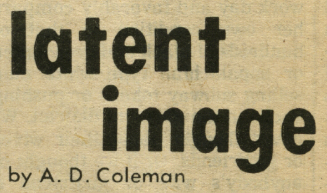




Right on about Obama!
I have been waking up nights thinking about writing something. Now I’m just going to quote you, Allan.
Thanks
Robert